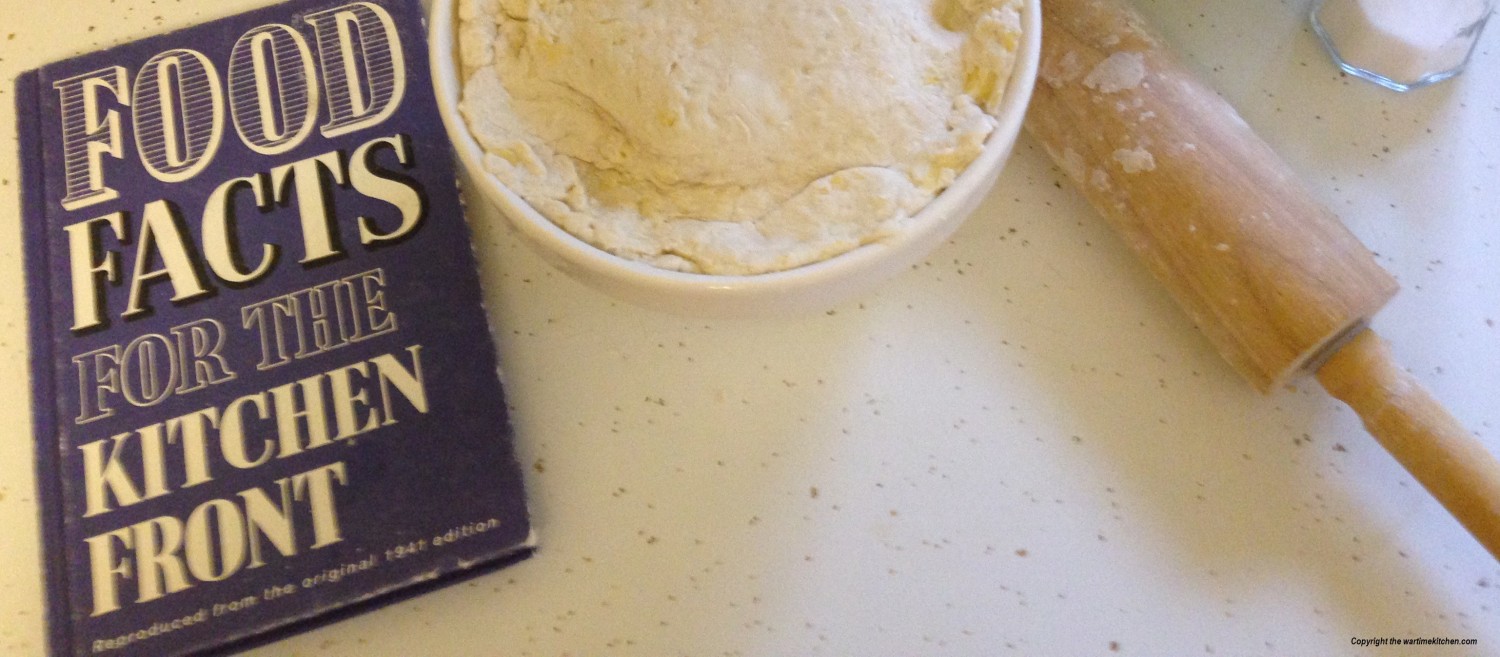As strict as rationing came to be during the war, people still wanted to eat in a restaurant. Initially, restaurants were exempt from rationing, but this was greatly resented by the populous, as wealthier people could supplement their meager food rations by eating out more frequently. By 1942, The Ministry of Food initiated new restrictions for restaurants:
1. Meals were limited to 3 courses
2. Only one dish could contain fish, beef, pork, game or chicken (or other poultry)
3. No meals could be served between 11 p.m. (midnight in London proper) and 5 a.m., unless one applied for a special license from the Ministry of Food
4. The maximum price of a meal in a private restaurant was 5 shillings (about $10 in 2014 US dollars), and there was an up-charge if entertainment was offered or one was staying in a luxury hotel, such as the Ritz
With the war in full swing, about 2100 establishments called “British Restaurants” were run by local groups or “authorities” in town buildings, schools, and church halls as these buildings tended to have kitchens and cafeterias. A plain three-course meal could be purchased for a minor cost (about $2 in 2014 US dollars), and the good thing was that no ration coupons were required! The British Restaurant grew out of “Community Feeding Centers,” and mobile kitchen units that were created to feed people after an air raid, when people’s homes had been bombed and they were open to all. It was necessary to provide a good meal to office and industrial workers for the support of the war effort.


